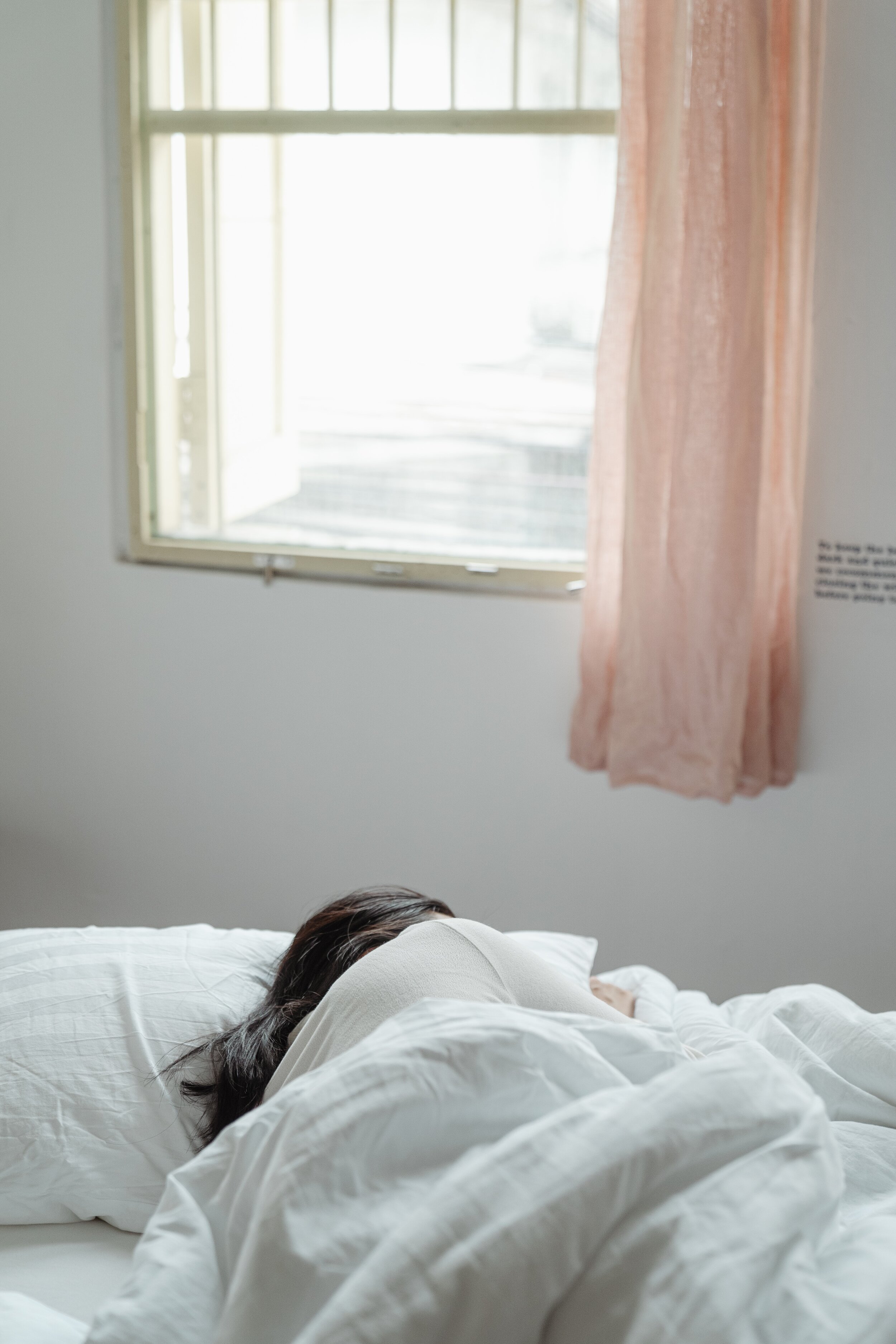
a closer looK at ces for insomnia
Cranial electrotherapy stimulation (CES) is a non-invasive, U.S. Food and Drug Administration (FDA)-approved therapeutic device used in the treatment of insomnia, depression, anxiety, and chronic pain. It applies a micro-current across the skin to the head via electrode clips typically placed on the earlobes, and is commonly used as a brain-calming technique. Since the early 2000s, the Department of Veterans Affairs (VA) has used CES for the treatment of post-traumatic stress disorder (PTSD), anxiety, insomnia, depression, pain, and headaches.
There are more than forty CES devices available commercially, and over 200 research studies have been published documenting CES’s effectiveness for clinical issues including insomnia, anxiety, depression, drug addiction, pain, and cognitive problems. A meta-analysis (a type of research report that compiles the results of multiple studies) done in 2007 (R. Smith) reported an average of 62% improvement in symptoms of insomnia, 47% in depression, 58% in anxiety, 44% in cognitive dysfunction, and 60% in drug abstinence syndrome. Research has shown the benefits of treatment holding up well at 18 months (R. Smith, 1998).
In most studies investigating CES for insomnia, patients use the devices daily for several days up to approximately three weeks. The results reported above (62% improvement in insomnia) were after use for that span of time. For this reason, I make a lease of CES equipment available to you (for an additional charge) during your CBT-i treatment. This relieves you of the need to buy expensive equipment while receiving the benefits of CES as supported in the research literature.
CES is thought to target parts of the brain that are functioning sub-optimally in states of depression or anxiety. In particular, it stimulates the production of the neurotransmitter serotonin, which is often deficient in depressive disorders, and which is a target of antidepressant medication. It’s thought to calm parts of the brain that tend to be either over- or underactive in the case of chronic anxiety. Another meta-analysis published in 2005 (Gilula and Kirsch) showed CES to compare favorably against anti-depressant medication including Prozac, Paxil, and Zoloft, among others. CES is also associated with the production of endorphins, which can aid in the treatment of chronic pain and increase feelings of well-being.
I believe that the most effective treatment involves a layering of different techniques to achieve an optimal result. If you have insommia, you may change your nighttime habits to get more sleep, and although these efforts may seem to make sense at the time, often they end up worsening the problem in the long run. As a result, I use both assistive technology (CES), which stimulates and calms deeper parts of the brain that are difficult to treat with talk therapy, and psychotherapeutic strategies, including CBT-i to address maladaptive patterns and habits around sleep, in order to provide a more comprehensive and effective result that either strategy could achieve alone.
CES research began in France in 1902, was continued in the Soviet Union in the mid-1990s and beyond, and is now conducted in the USA, Canada, and Europe. It has an excellent safety record: data presented to the FDA in 2012 showed no serious adverse effects during over 30 years of usage in the U.S.. Reported side-effects were 1% or less, and were mild and self-limiting. The experience of CES is very subtle, and you may not even notice it while it’s on. You can safely use the device while doing quiet activities around the home, though not while driving or operating heavy machinery, etc.
I have a Ph.D. in Counseling Psychology and am a licensed psychologist. I am not a medical doctor. Questions about medication usage or reduction should be addressed to the prescribing physician. In some cases, medication can be reduced with the use of assistive technologies and psychotherapy, but this has to be done carefully and with medical advice, as the sudden cessation of certain medications can cause serious side-effects. If you are suffering from insomnia and looking for treatment alternatives, I would be glad to work with you and your medical provider (if needed) to see how assistive technologies and CBT-i might be able to help.
